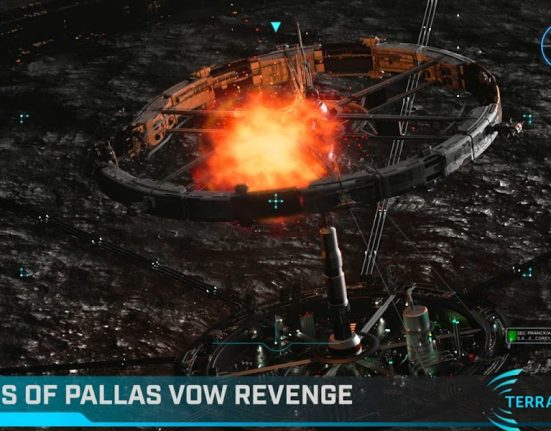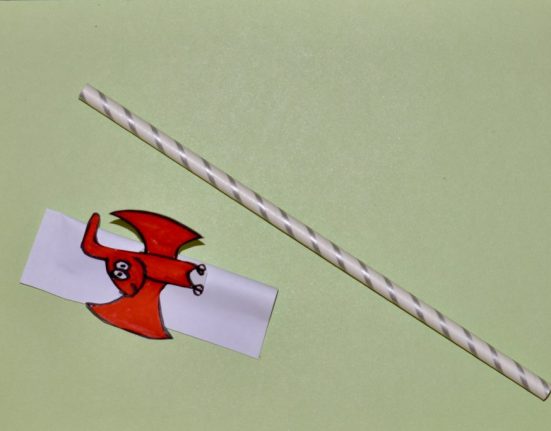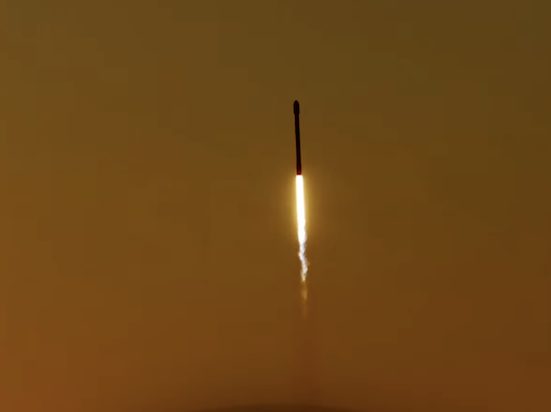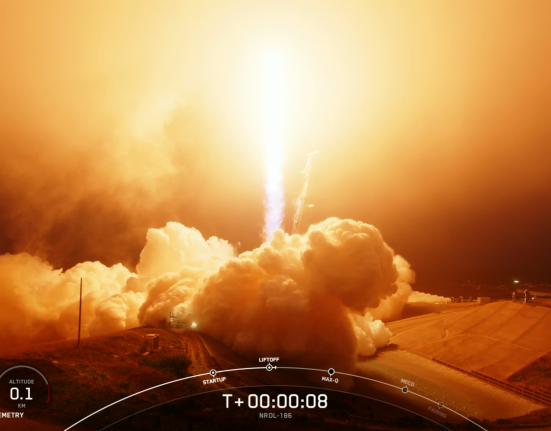
The Large Magellanic Cloud (LMC), which is the closest galaxy to our Milky Way at about 159,000 light years, is home to about 60 globular clusters. Shown here is one of these large balls of stars, namely NGC 2210, shining in the night sky with magnitude +11 in the Doradus constellation in the southern hemisphere. Photographed by the Hubble Space Telescope, it is filled with hundreds of thousands of stars.
NGC 2210 is an outlier. In 2017, astronomers led by Rachel Wagner-Kaiser of the University of Florida measured the ages of six globular clusters in the LMC and found that their average age was more than 13 billion years, just between 200 and 400 million years old. after the birth of ours. The oldest globular clusters in the Milky Way. The inference is that the globular clusters of the LMC formed at the same time as the globular clusters of the Milky Way, but at that time the two galaxies were presumably very far apart: the LMC is believed to have passed close to the Milky Way for the first time. . Is there something fundamental that caused globular clusters to form in two galaxies, and perhaps the entire Universe, at the same time?
Not all of them were formed at the same time. NGC 2210 is actually younger, 11.6 billion years old. Why NGC 2210 formed a little later than the others is just one more mystery to solve.
Image: ESA/Hubble/NASA/A. Sarajedini/F. Niederhofer.












Leave feedback about this